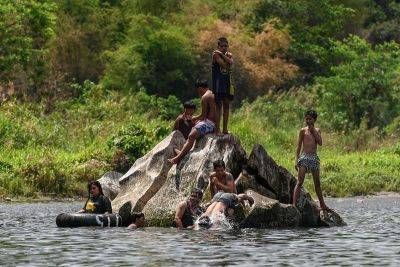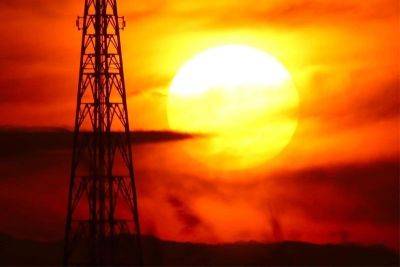Heat stroke: Prevention, treatment vs body overheating
MANILA, Philippines — State weather bureau Philippine Atmospheric, Geophysical and Astronomical Services Administration (PAGASA) announced last March 22 the official termination of "Amihan" or the northeast monsoon season, marking the beginning of the warm and dry season in the country.
PAGASA administrator Nathaniel Servando said that the declaration of the "Philippine Summer" was based on the analysis of weather forecast patterns.
Servando added that the effects of El Niño, a climate pattern associated with extreme heat and drought, is also expected to continue, bringing higher temperatures and drier condition in April until May.
As a result, warmer temperatures are expected and PAGASA advised everyone to take precautionary measures to minimize heat stress and optimize the daily use of water for personal and domestic consumption.
Apart from heat stress, another health concern to be wary of because of high temperatures is heat stroke, which may become more common in the coming days if precautions aren't taken.
The Mayo Clinic and the United States' Centers for Disease Control and Prevention (CDC) define heat stroke as the result of the body overheating because of prolonged exposure to or physical exertion in high temperatures.
Because the body loses control, body temperature can reach up to 40°C or higher in at least 10 minutes.
Related: PAGASA declares start of warm and dry season
If untreated, heat stroke can damage the brain, muscles, the heart, and kidneys. Further delayed treatment increases the risk of death.
Basic causes of heat stroke are prolonged exposure to or physical exertion in high temperatures.
Such conditions can also be amplified by dehydration, wearing too much clothing that prevents sweat from evaporating, and drinking alcohol.
The following increases the risks of suffering a heat stroke:
The agencies mentioned and the United Kingdom's National Health Service (NHS) listed the symptoms of a heat stroke, primary among them a high body temperature and hot or dry red skin:
Related: PAGASA: Heat index in 8 areas to reach danger levels
If a person is assumed to be experiencing heat stroke, immediately call for emergency services, and while







